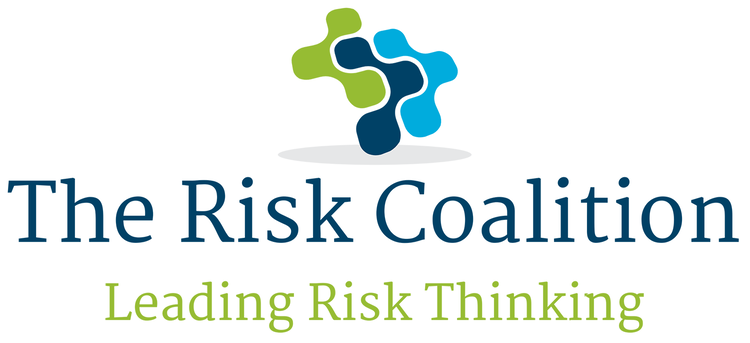2020 was not the year any of us expected. Moreover, if we go back to the early months of last year, few would have predicted that we would now be in the grips of an even more intense second spike of cases.
However, we should have been ready. If you look at the course of previous pandemics, COVID has not been so different: Spanish flu hit a peak in the Spring of 1918; there was then a more intense second peak six to nine months later; and the bad news is there was then a third peak six months after that.
Of course, epidemics have occurred traumatically throughout history. Pandemic flu has been in the top tier of the UK’s National Risk Register since it was first published a decade ago.
I recognise that COVID is not flu. Yet, the Register’s assessment of “New and Emerging Infectious Diseases” had been that they would have a “low likelihood” of spreading to the UK and “the impact could be on the scale of the SARS outbreak in Toronto, Canada” with 251 cases over several months.
So, in the UK the risk was logged, but it was not assigned with a sufficiently serious level of risk and it was felt that the preparations in place for a pandemic flu outbreak would probably be sufficient.
However, no crisis is ever exactly what you plan for. After this or any other major event, many organisations often realise that their risk and response systems have not protected them.
Indeed, too often people feel they have dealt with a potential problem by the mere act of putting it on their risk register. And, of course, that risk register is often taken as the last item at a busy Board meeting - relegated to the final few minutes as people are packing up their papers to leave.
Then when something does happen and there is a major shock to the system, many organisations pat themselves on the back that they have been resilient, if they manage to bounce back quickly and can speedily return to normal operation.
There is nothing wrong with that. However, the ambition should be greater. The aim should be to learn from what has happened, not merely so that the particular eventuality that has occurred can be dealt with or avoided if it happens again, but rather to so toughen the organisation that it becomes better able to respond to and avert some completely different threat.
There needs to be a cyclical process of continually learning from experience and using that learning to strengthen the organisation ready for the next crisis.
Even if there is no crisis, organisations should practise and exercise for one. They should not simply breathe a sigh of relief when the exercise is over. Instead, they should assess what didn’t work well and what could have gone better. Then they need to fix it for next time.
And there will be a next time. Two weeks ago, Dr Mike Ryan, Head of the Emergencies Programme at the World Health Organisation, said that COVID was “a wake-up call”: while the pandemic has been severe and affected every corner of the planet “it is not necessarily the big one.”
I chair the new National Preparedness Commission that brings together business, government, academia and civil society. Our purpose is to promote better preparedness in the UK for a major crisis or incident. At the first meeting in November, we were warned that, while 2020 has been a difficult year, “we are living in a world that is increasingly volatile and unstable,” meaning that “as a nation we need to strengthen our resilience and preparedness against the shocks that are likely as a consequence”.
A new edition of the National Risk Register was slipped out just before Christmas. This maps 38 major risks facing the country, including widespread power failure, flooding, adverse terrestrial or space weather, terrorist attacks on crowded places or transport, cyber attacks on critical infrastructure or services, chemical, biological and radiological attacks and so on.
Events around the globe will affect this country potentially dramatically and some crises will arise suddenly and unexpectedly, requiring urgent action. Others will develop over decades.
So, we need to be better prepared for whatever may occur.
And that leads us to other issues that the National Preparedness Commission will be considering. These include what should we prepare for, how much preparedness is enough and how do we finance the necessary investment?
None of these questions are easy, but one thing we should learn from 2020 is that we cannot go on burying our heads in the sand.
The lesson for all of us – the over-riding lesson –in every country - is that we have probably not been investing sufficiently in our preparedness and resilience.
Above all, we must be prepared to expect the unexpected.
Planning and responding to risks is not cost free, but not doing so is worse.
Or as John F Kennedy put it: “There are risk and costs to action. But they are far less than the long-range costs of comfortable inaction.”
Lord Toby Harris is Chair of the National Preparedness Commission and President of the Institute of Strategic Risk Management

